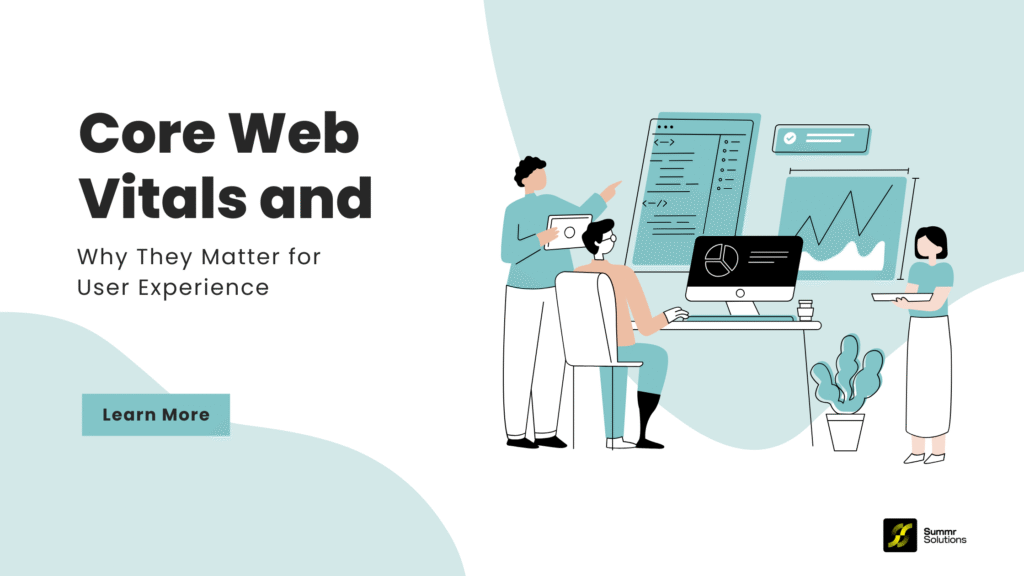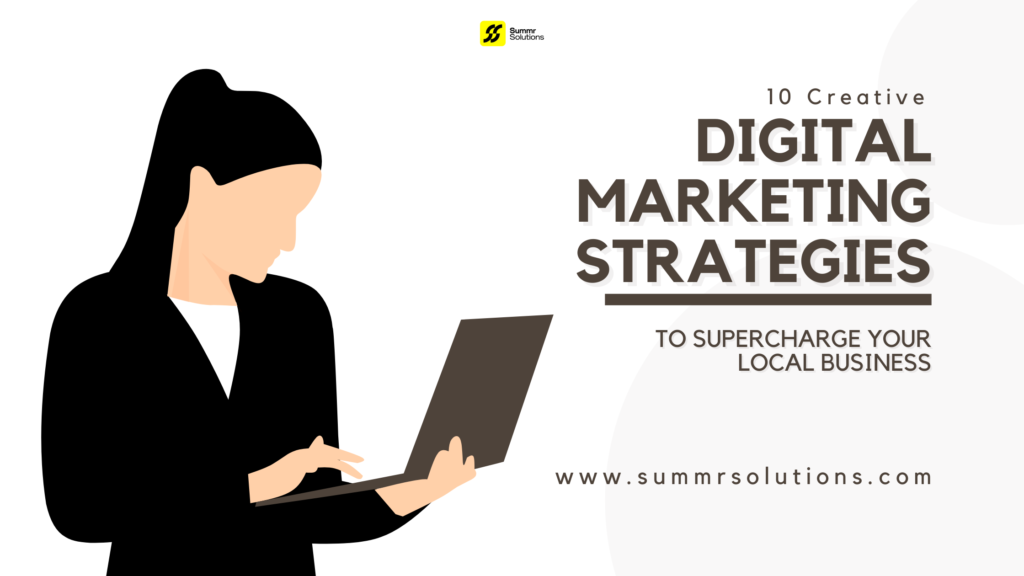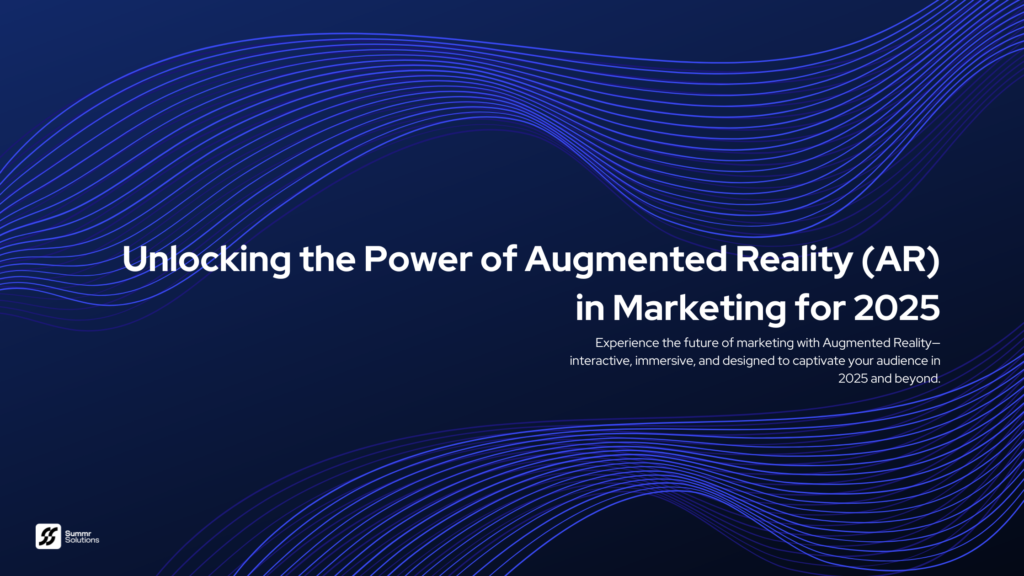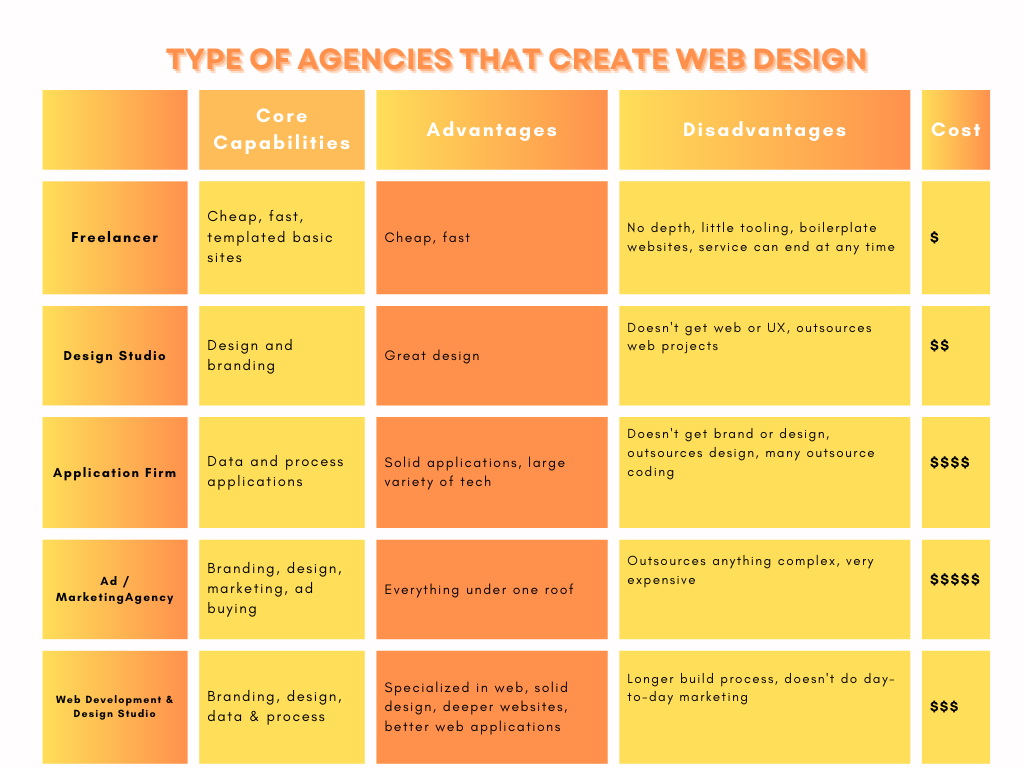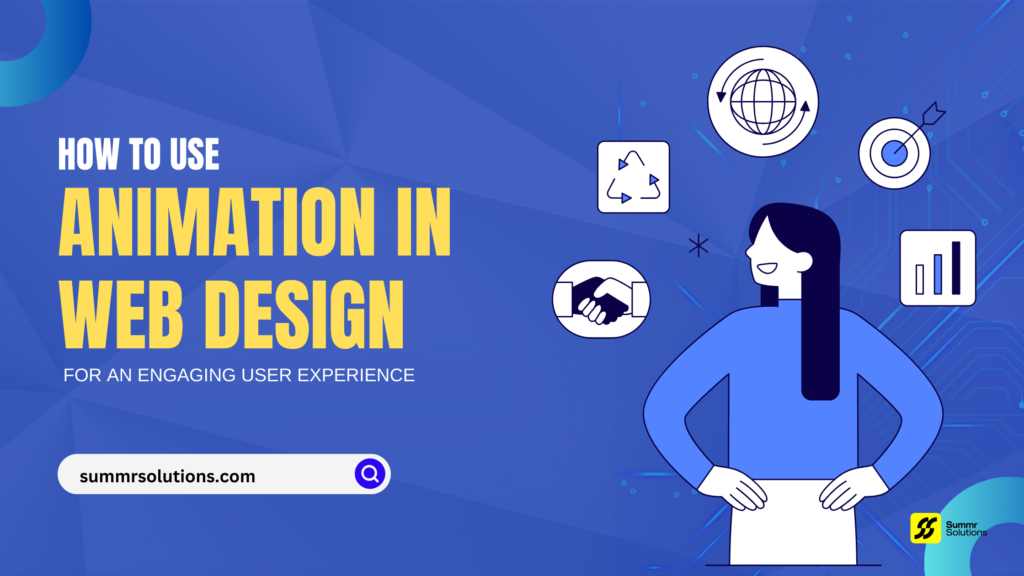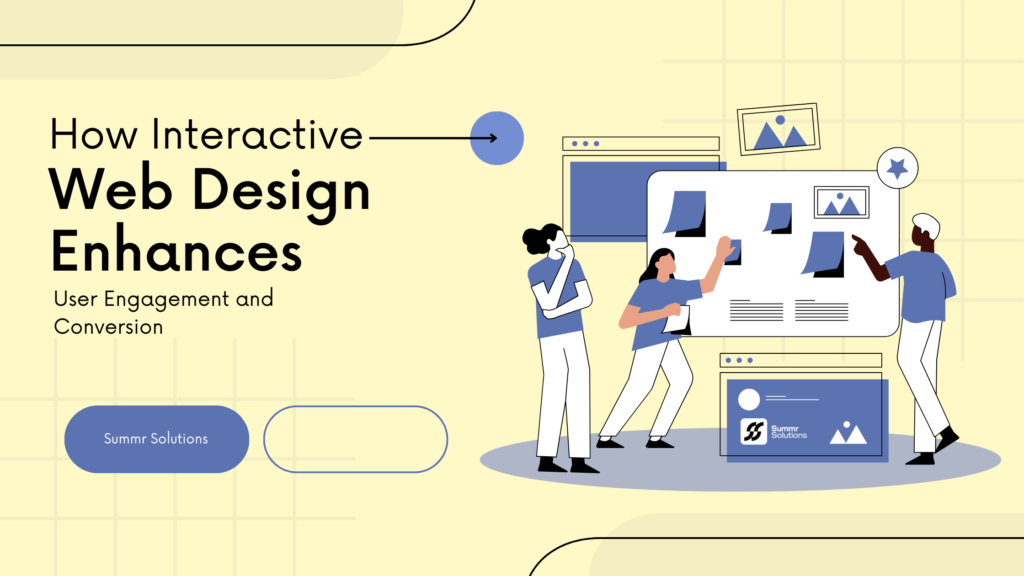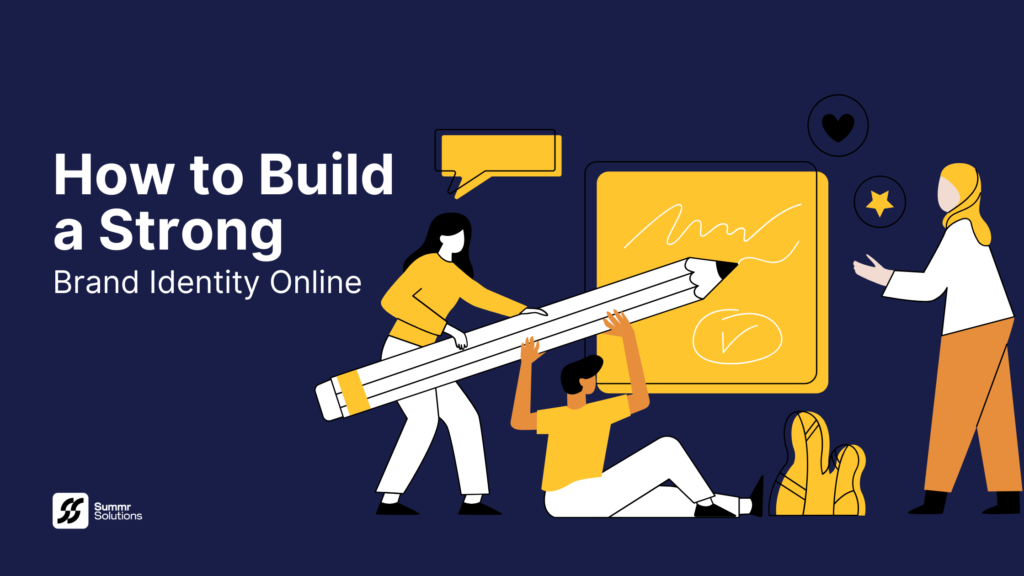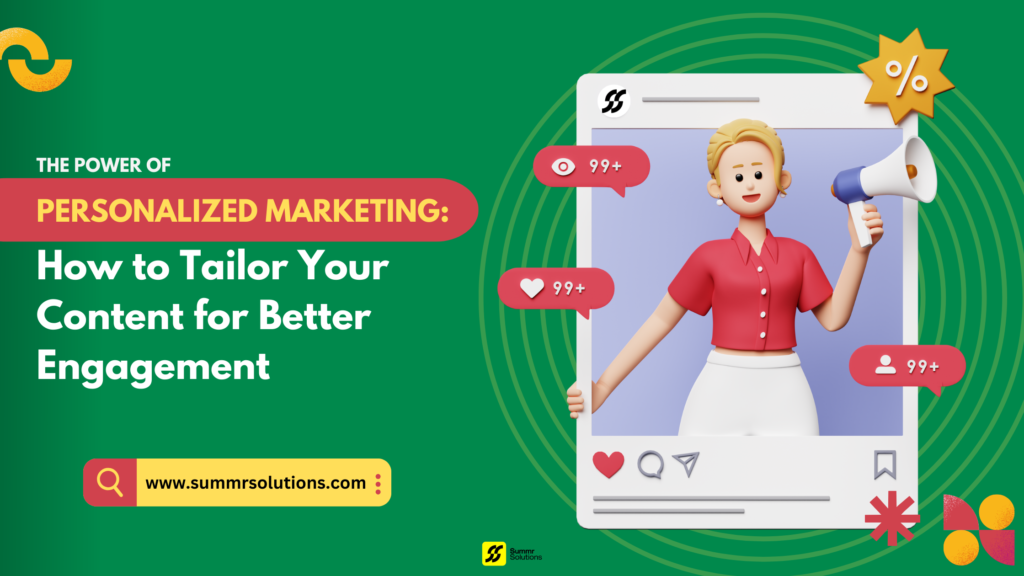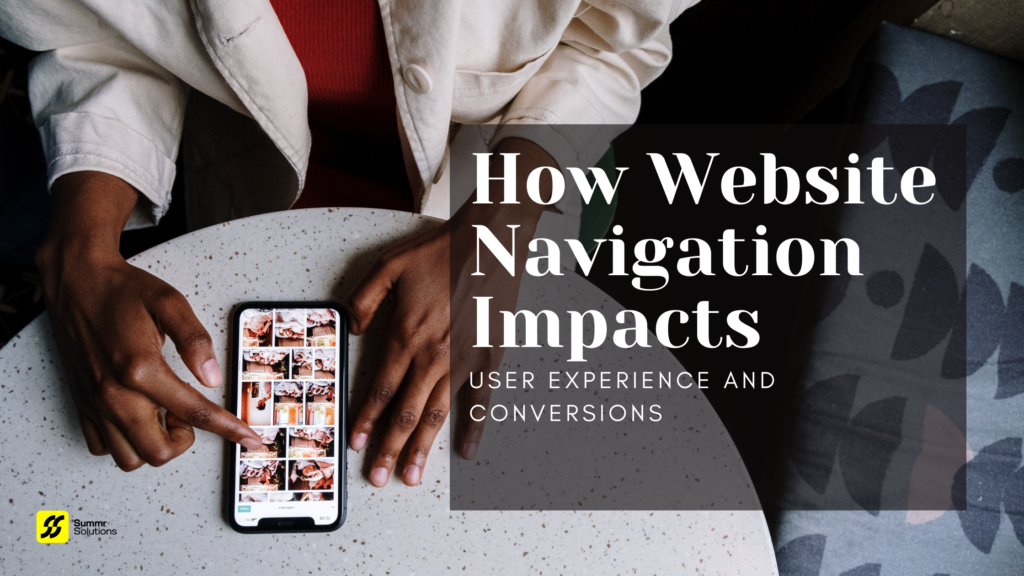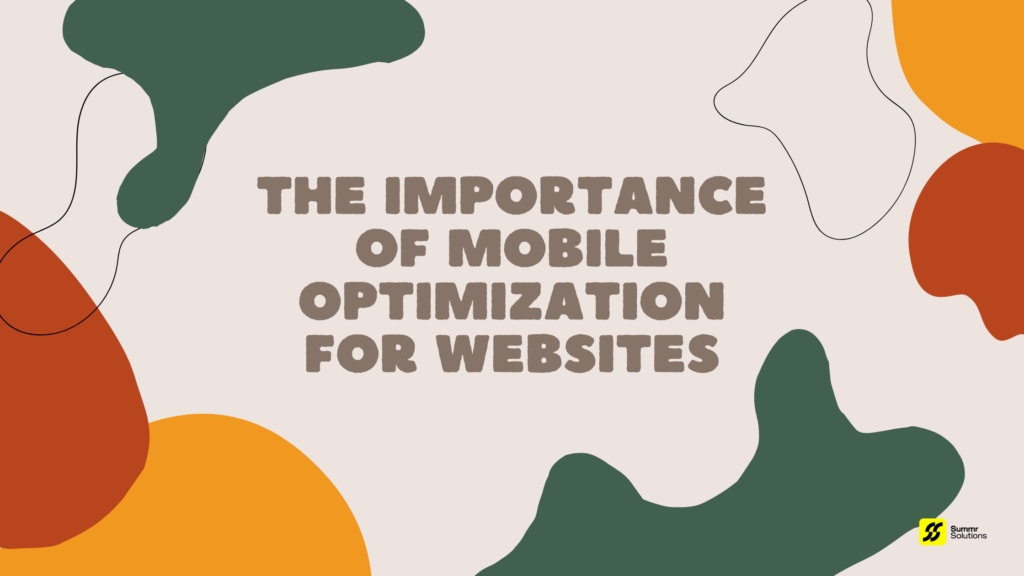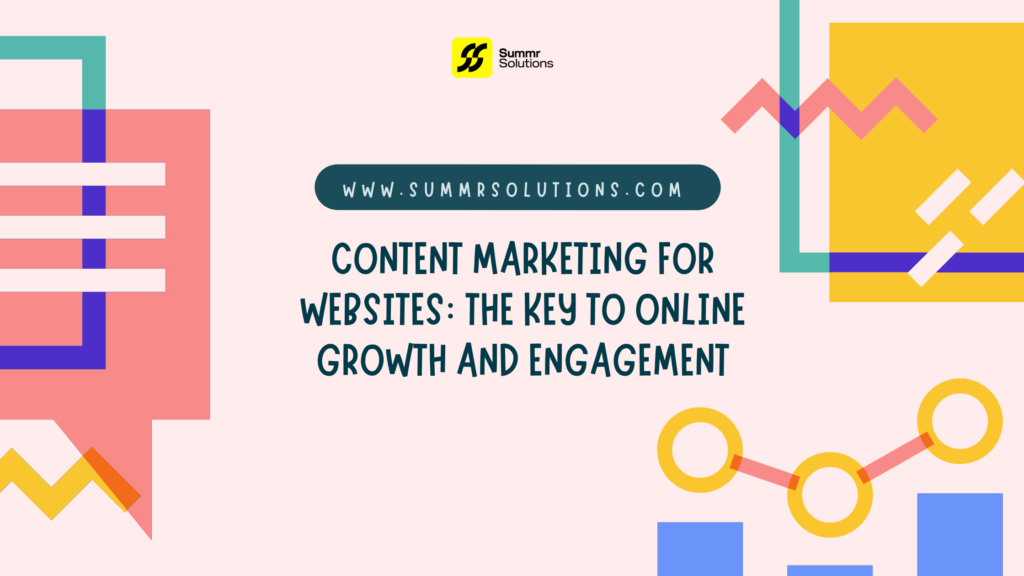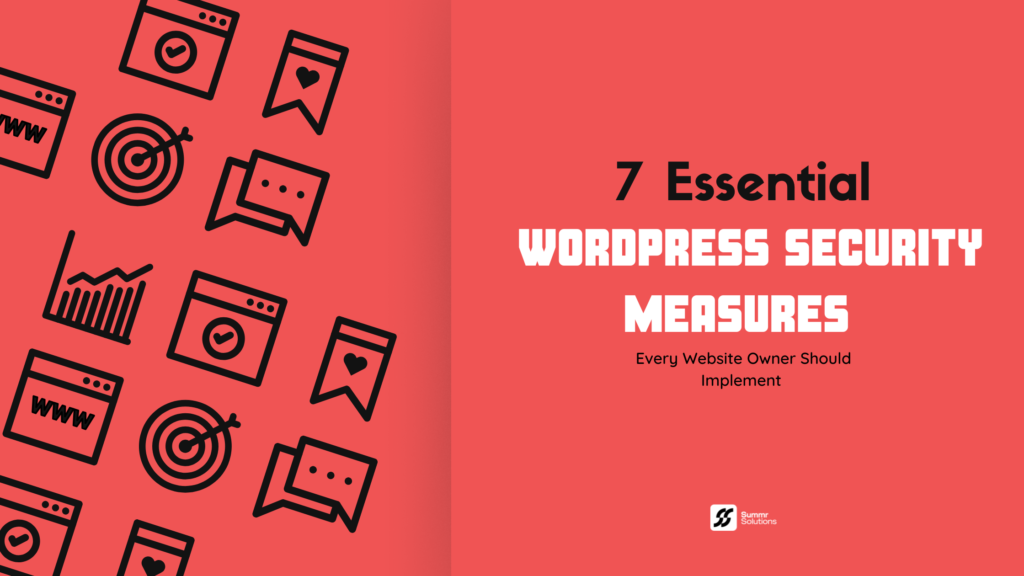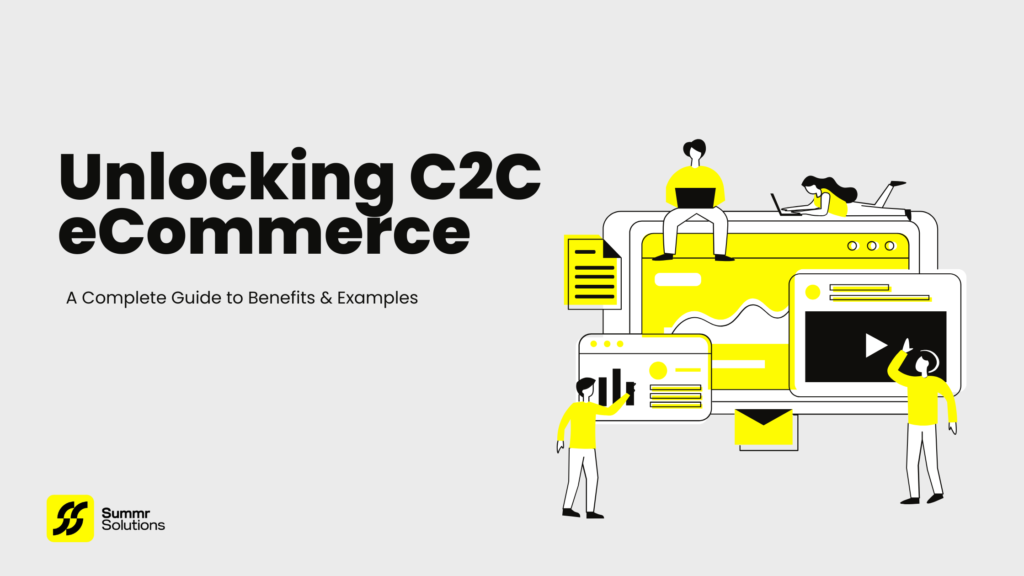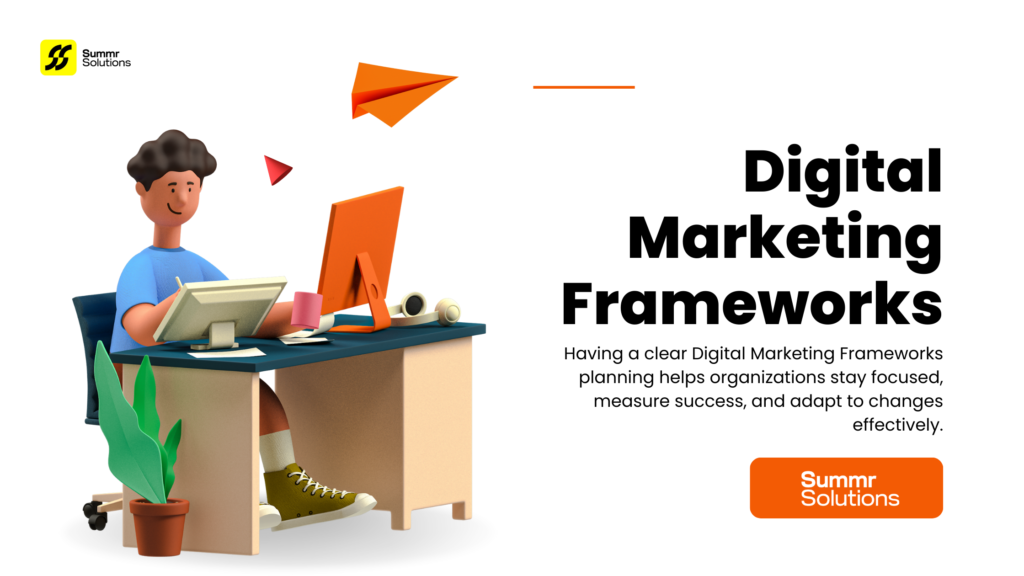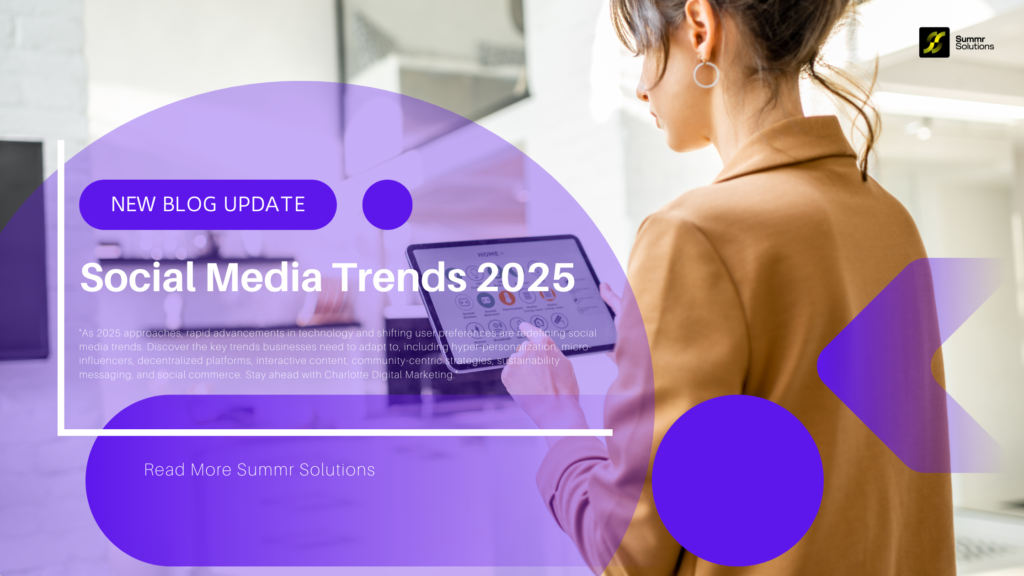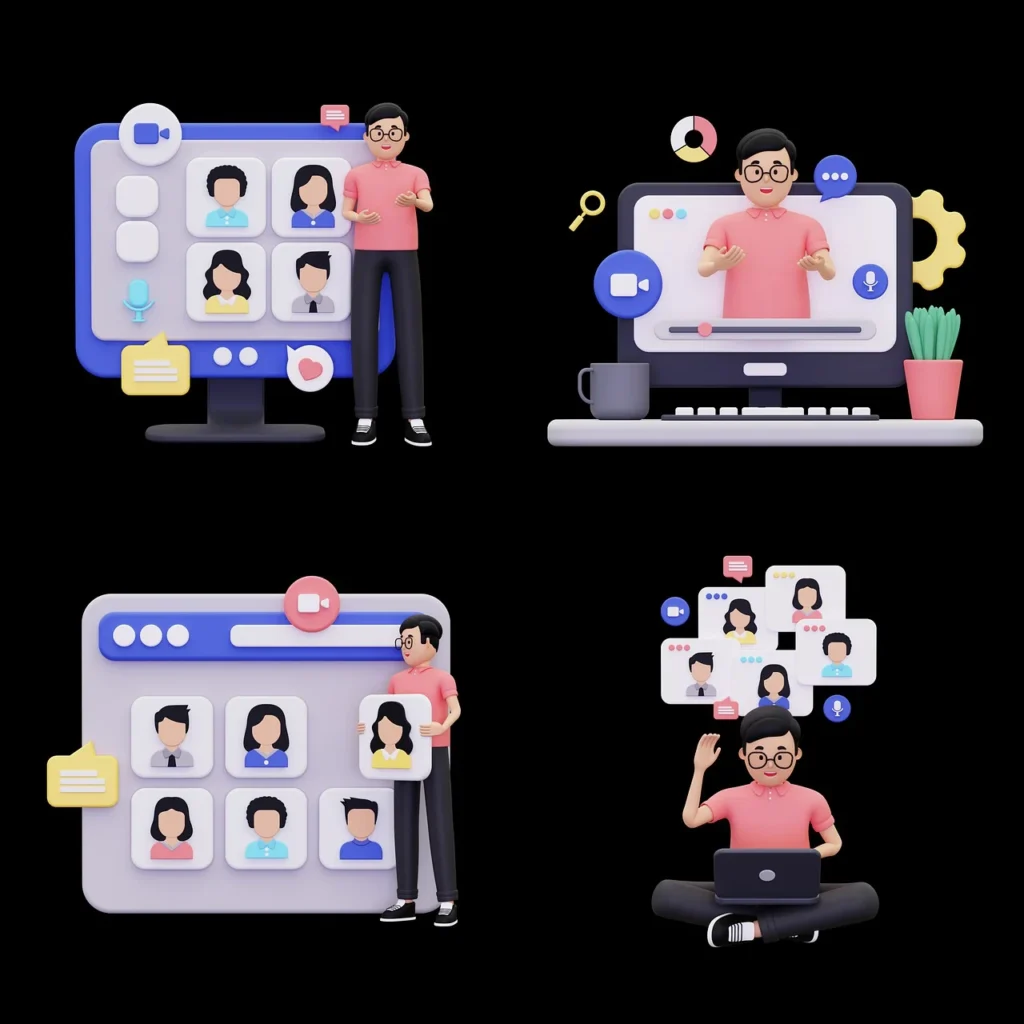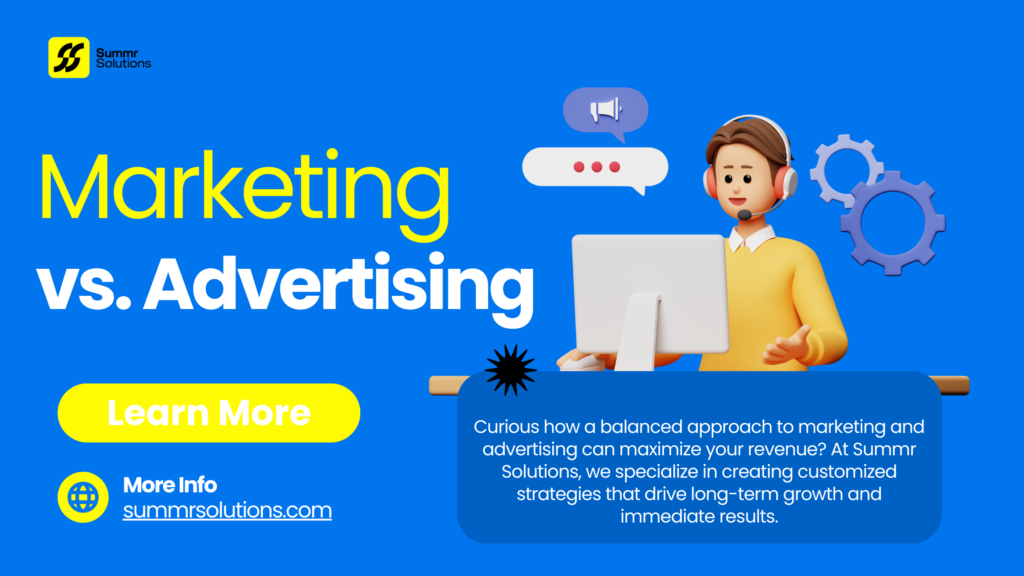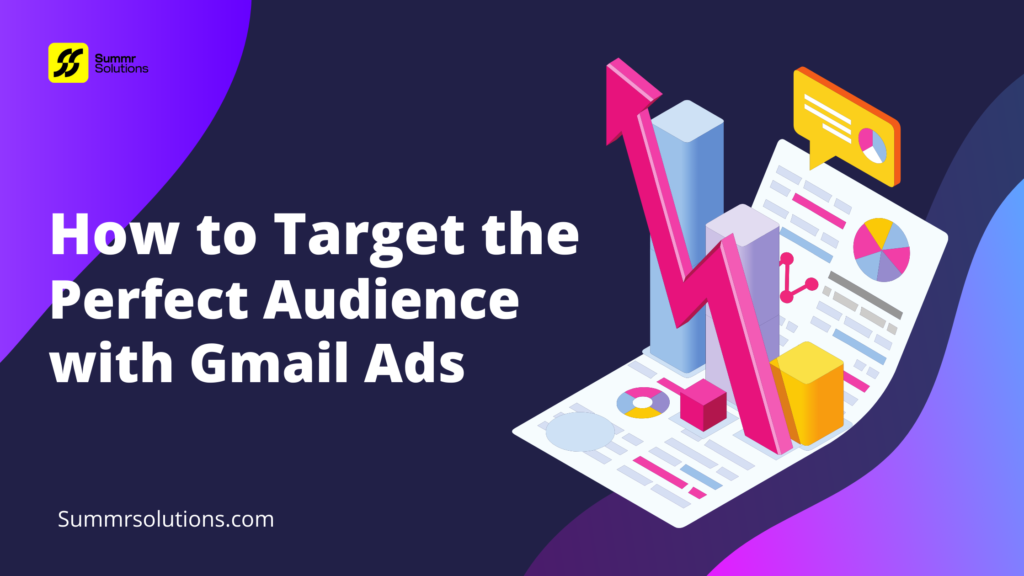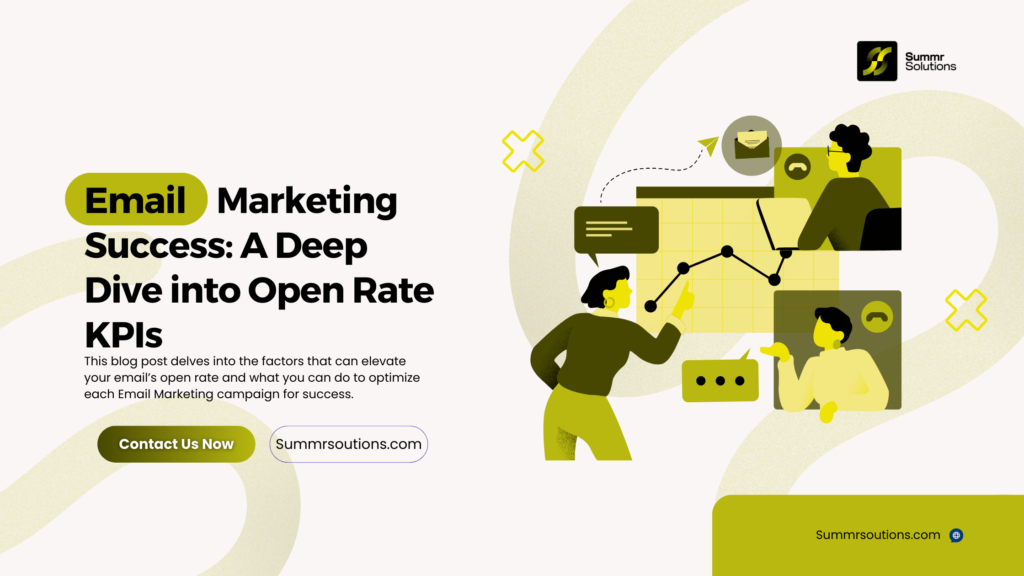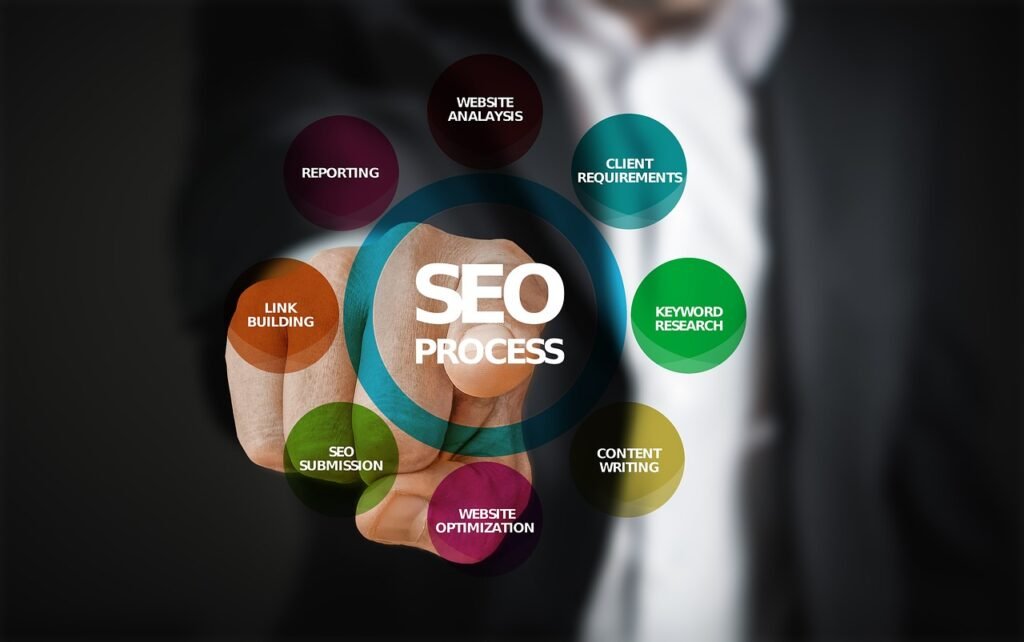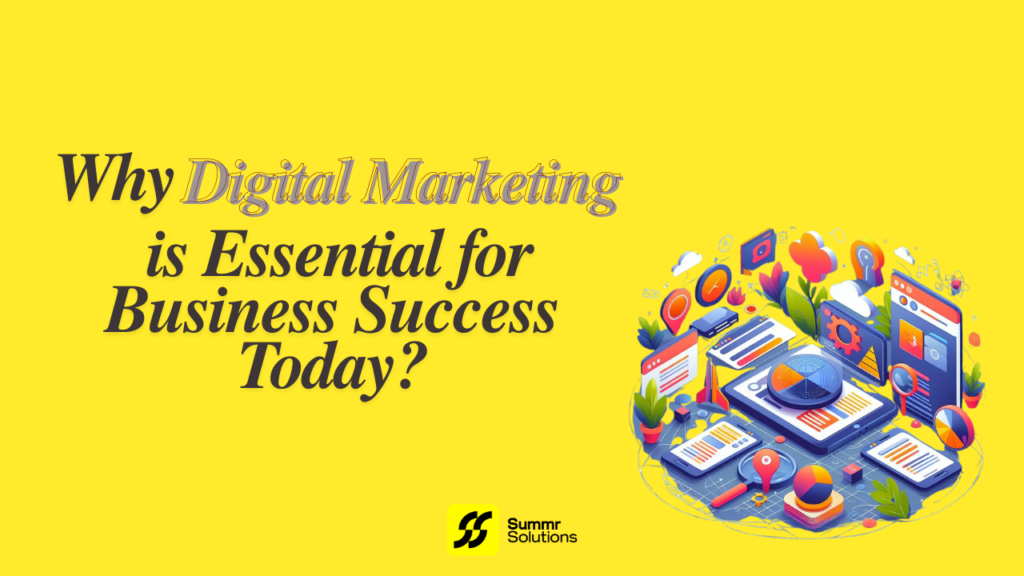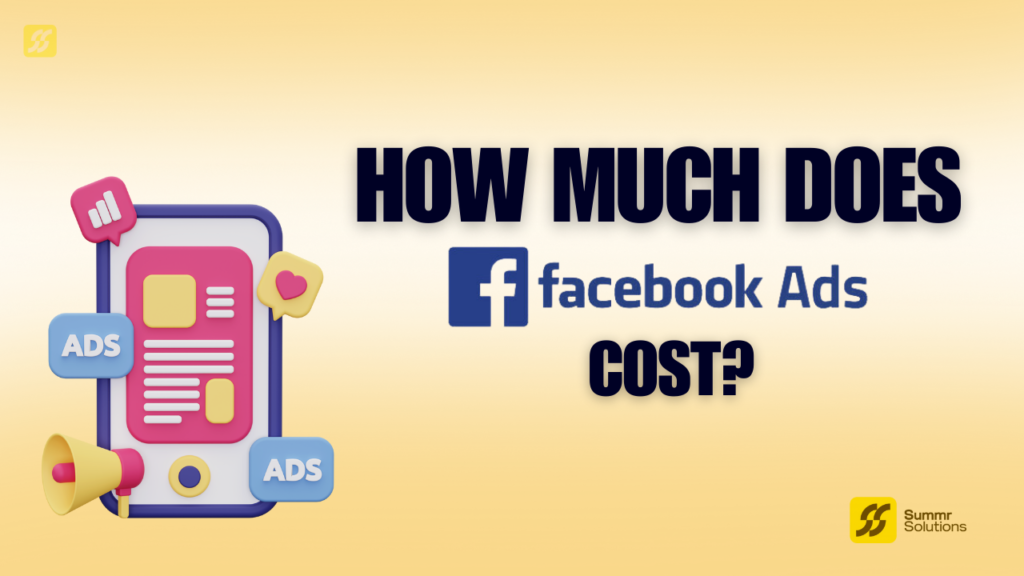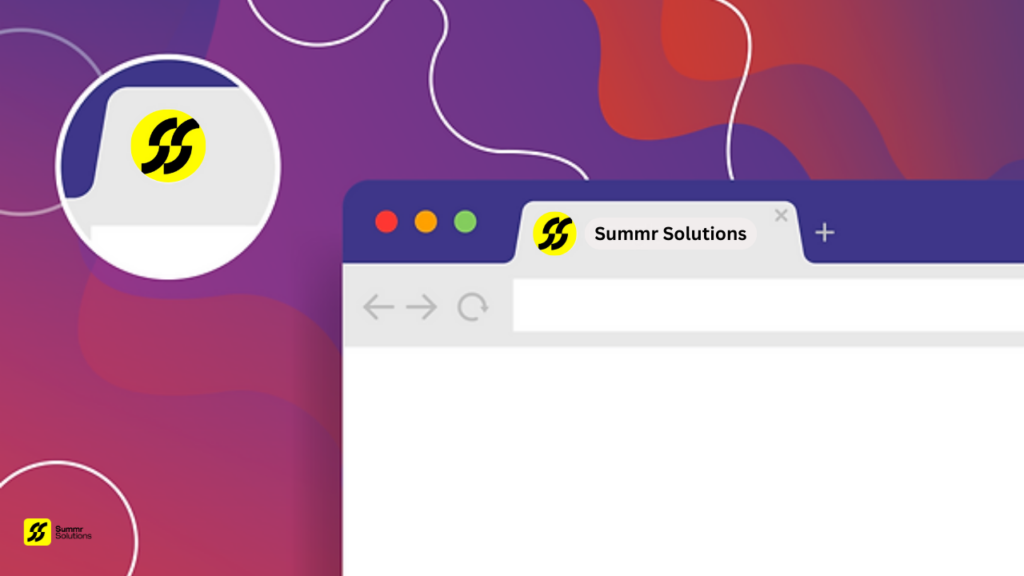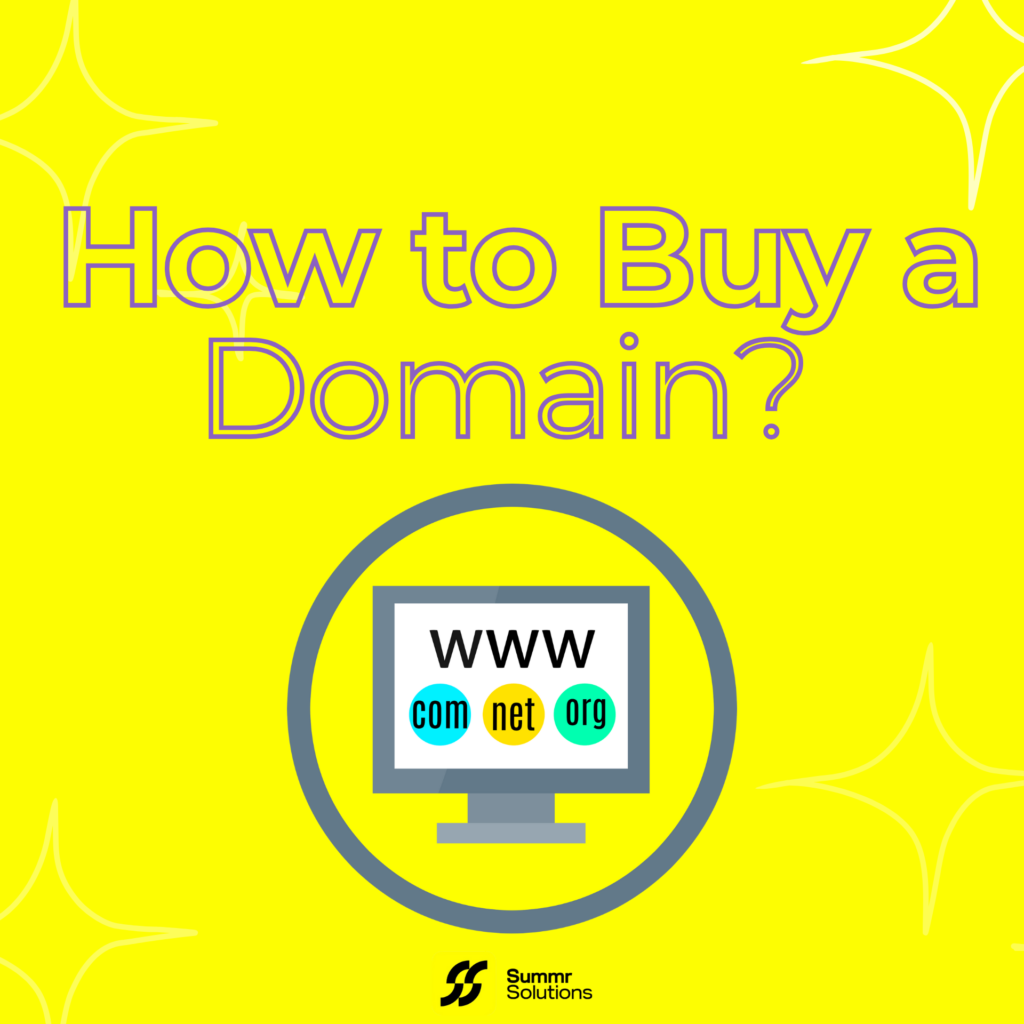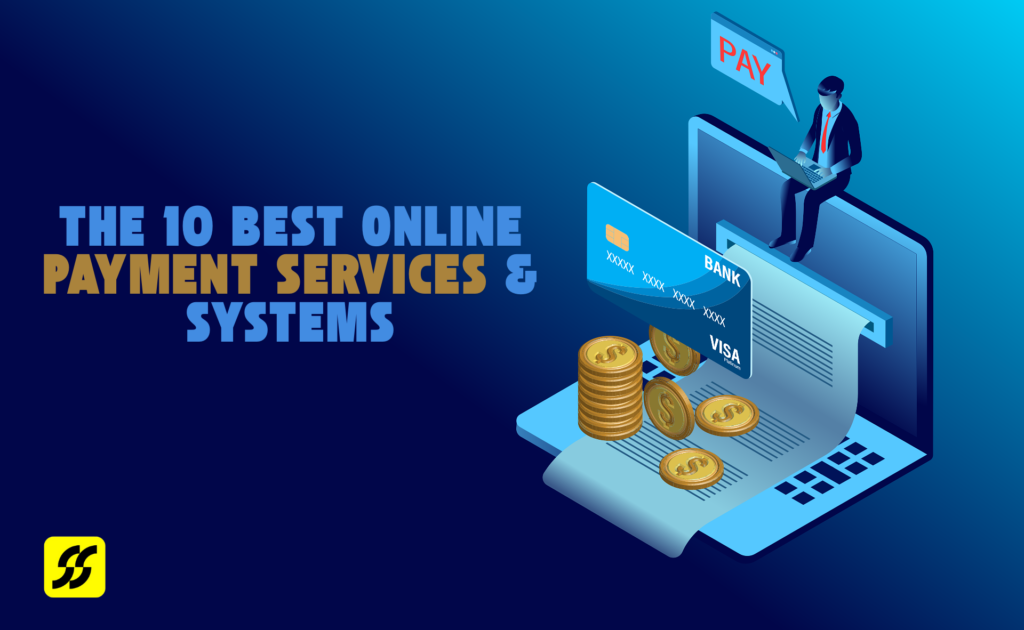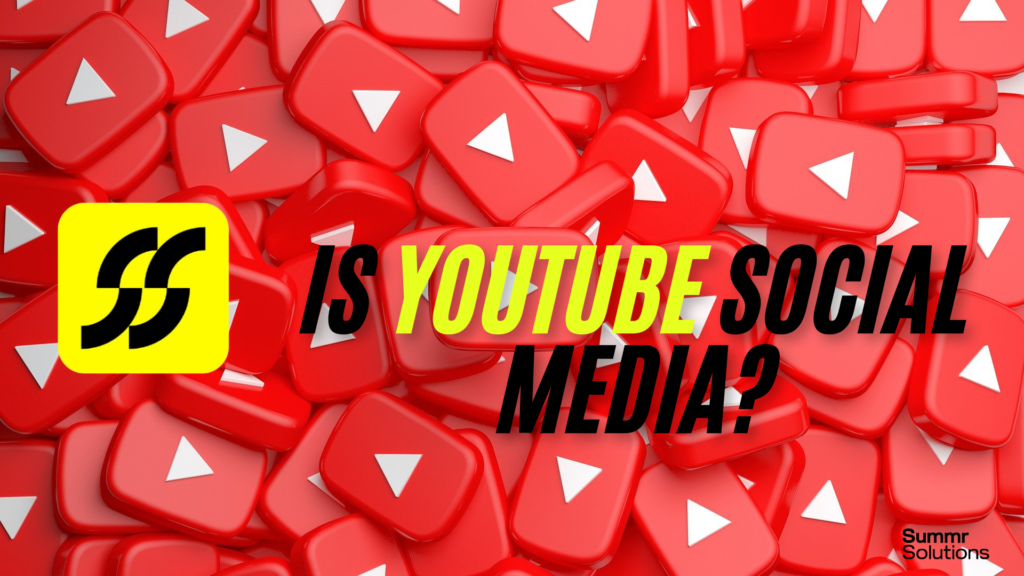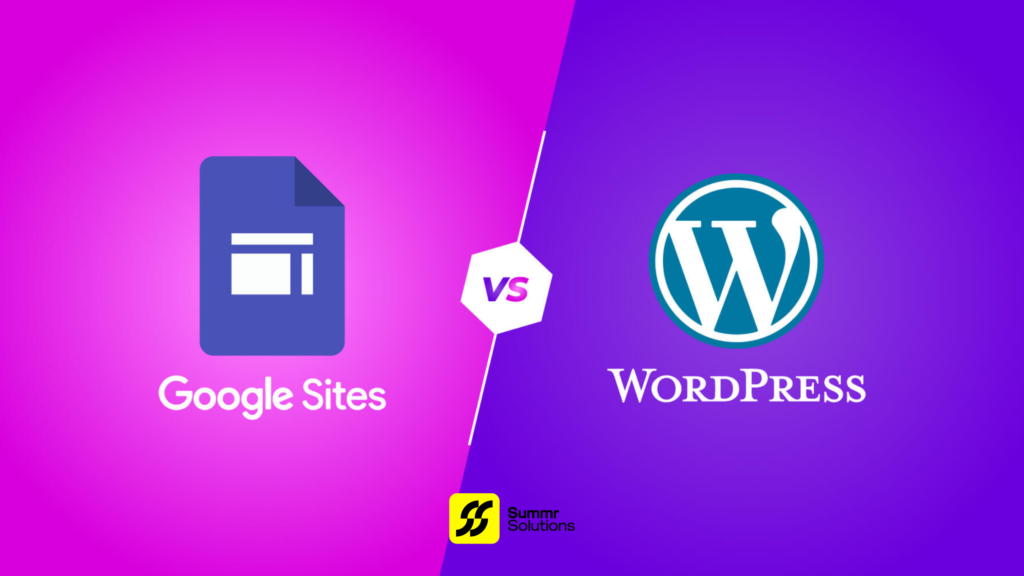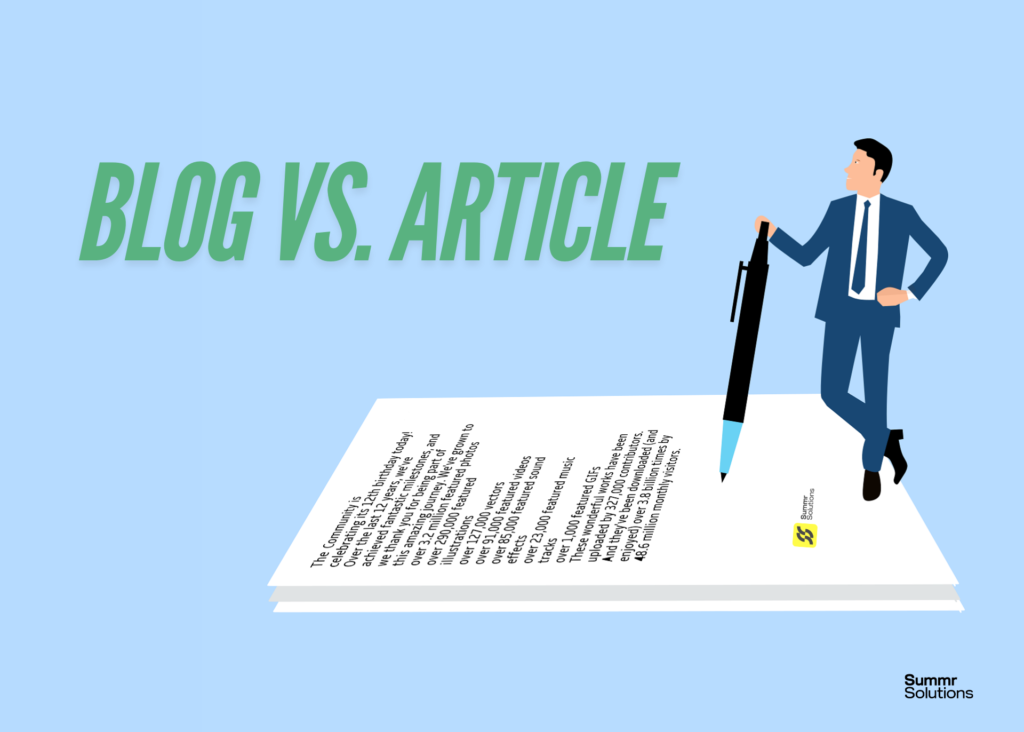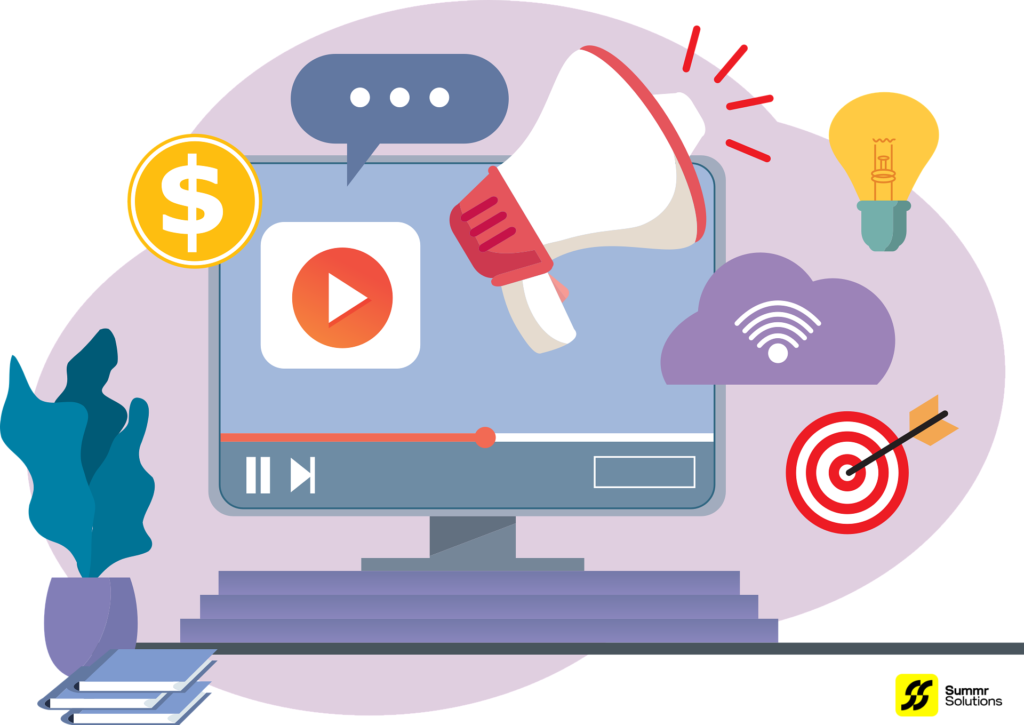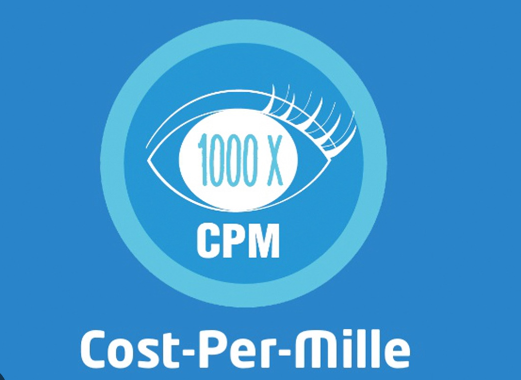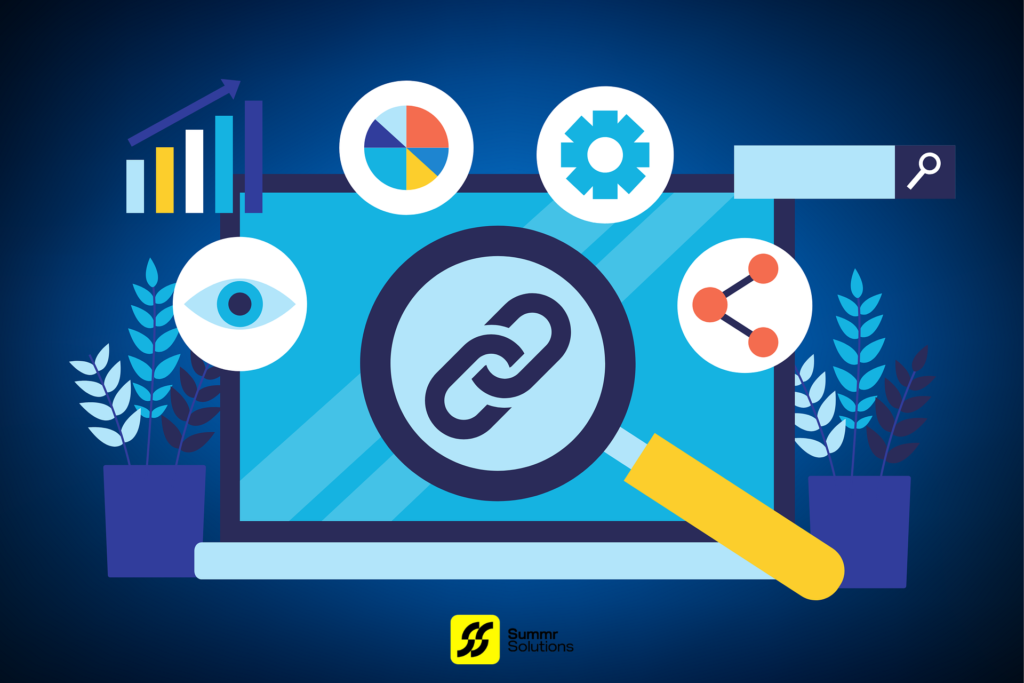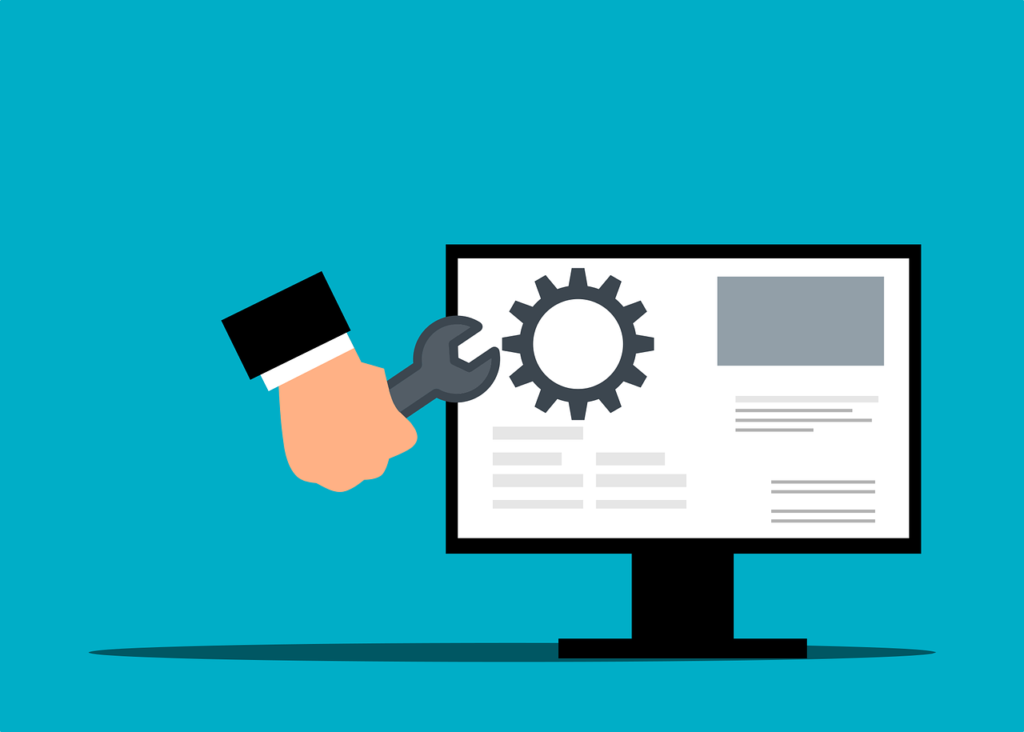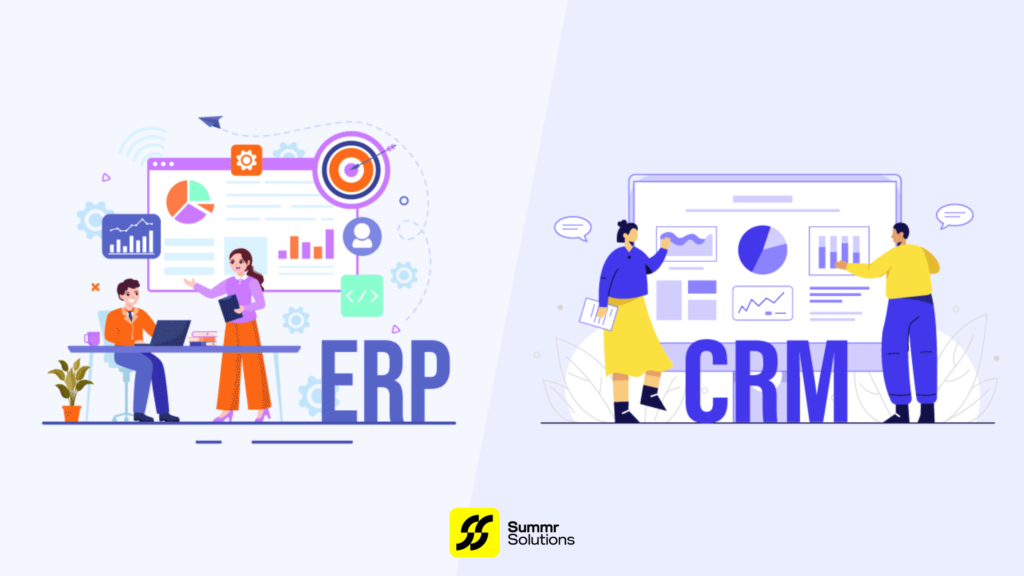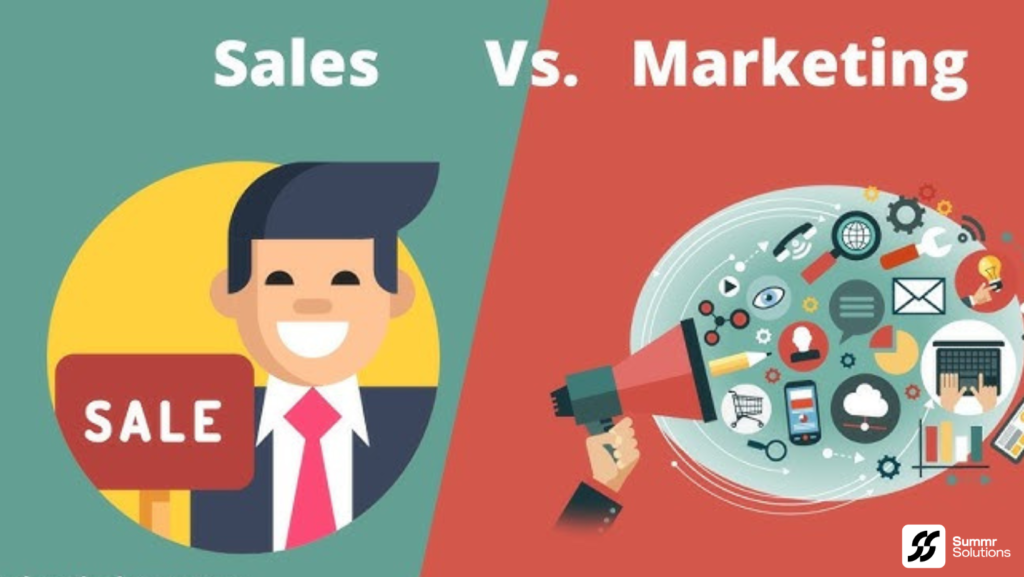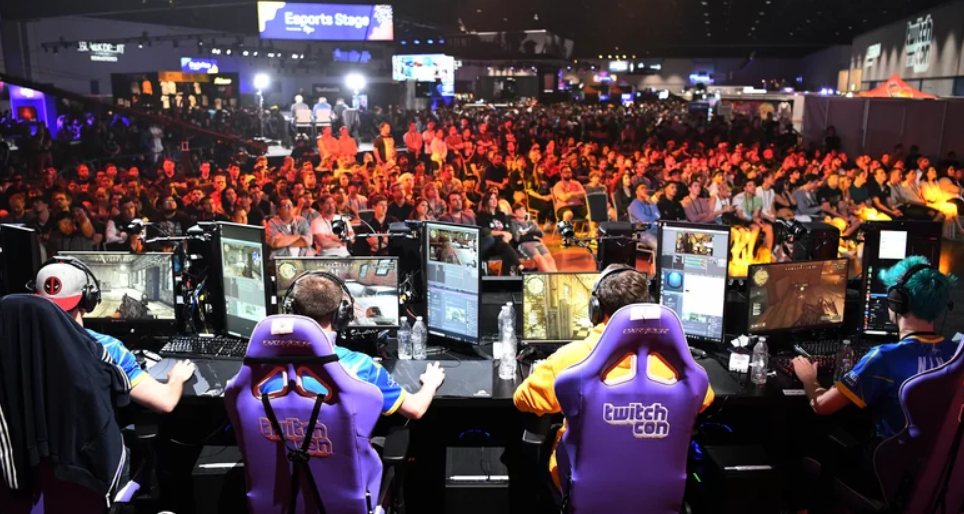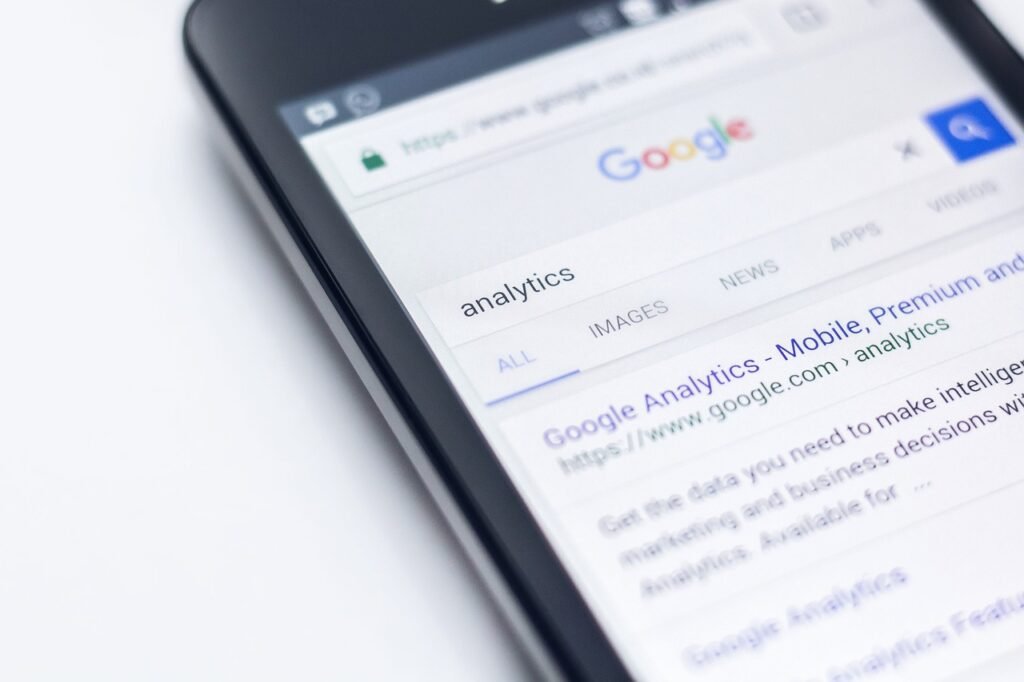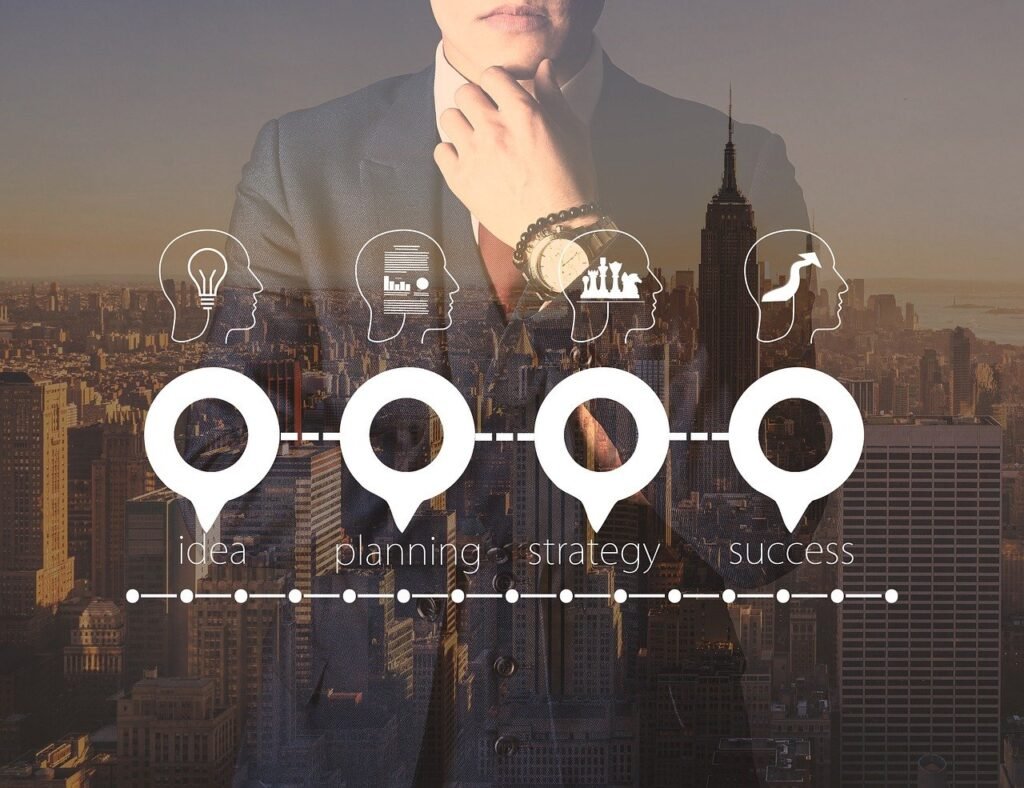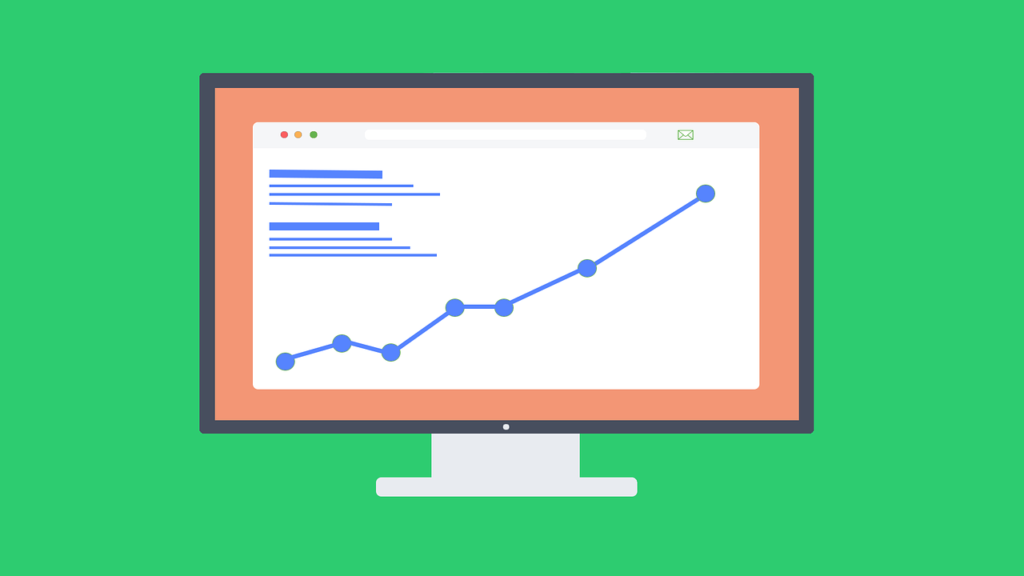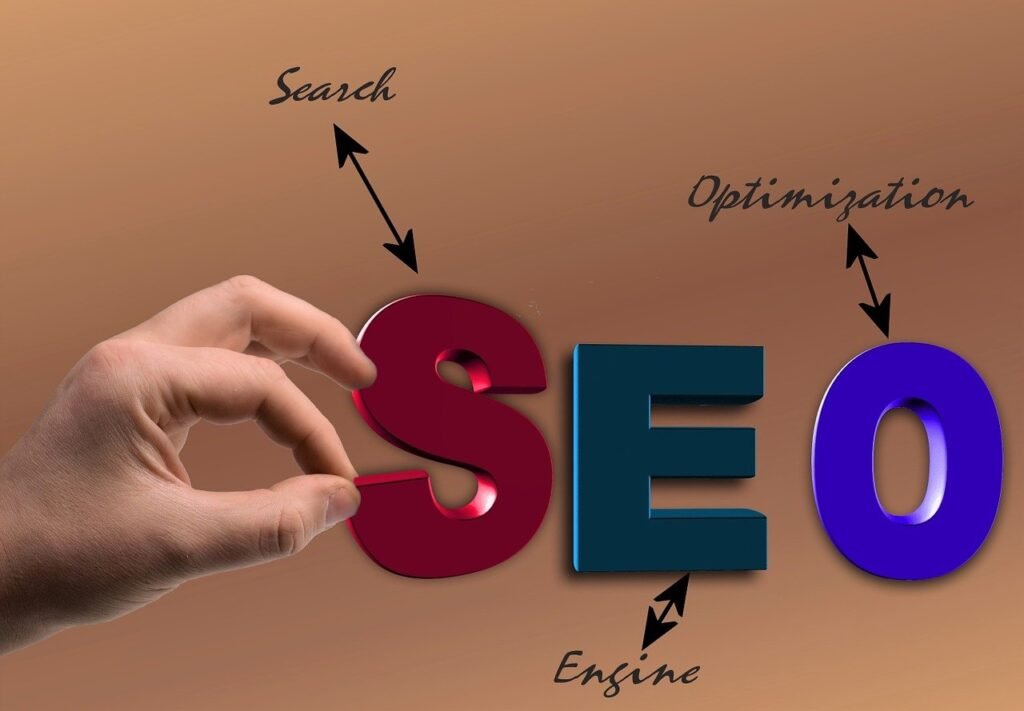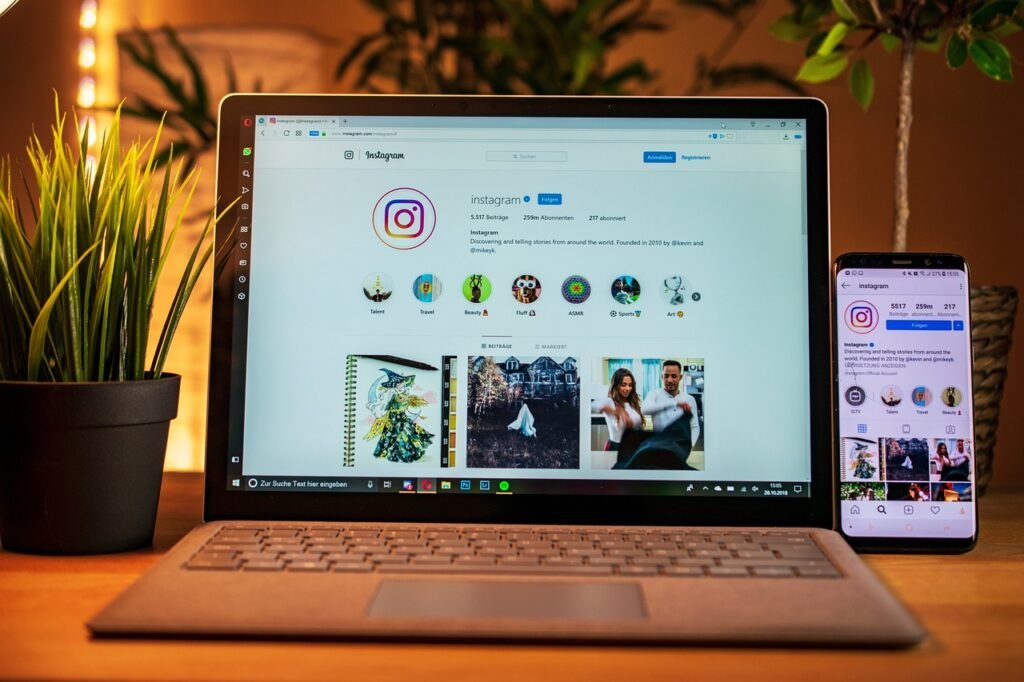As we plunge into 2024, businesses eager to harness the power of Google Ads must grasp the intricacies of its pricing. Understanding these Google Ads Costs is essential for effective budget allocation and strategic campaign planning. Let’s explore the fascinating world of Google Ads Costs, highlighting the key factors influencing costs and strategies to maximize your return on investment.
The CPC Puzzle: What’s the Average Cost in 2024?
This year, the average cost per click (CPC) for Google Ads Costs has climbed to around $4.66, a notable increase from $4.22 in 2023. This uptick reflects heightened competition across various sectors, making it vital for advertisers to develop savvy strategies to stay competitive. Businesses should prepare for fluctuations, especially in competitive markets, where CPCs can soar depending on demand.
What Makes Google Ads Tick? Influencing Factors Behind Pricing
The Google Ads Costs isn’t arbitrary; several critical factors shape it:
- Keyword Competition: The race for specific keywords can drive prices up. High-stakes industries, such as legal services, often face steep CPC due to the competition for lucrative keywords. For instance, the keyword “personal injury attorney” might cost significantly more than a more niche term like “local handyman services.”
- Ad Quality Matters: Google prioritizes relevance and quality in ads. A well-crafted ad can lower your CPC when it resonates with user intent. This means investing time in writing compelling ad copy, selecting relevant keywords, and ensuring your landing page aligns with the ad content.
- Shifting Market Demands: Seasonal trends and market fluctuations can impact pricing, requiring advertisers to adapt to changing conditions. For example, retail businesses may see increased CPCs during holiday seasons when competition heats up.
- Geographic Location: Google Ads Costs can vary based on where the ad is targeting. Urban areas or regions with high purchasing power often incur higher CPCs. Advertisers should analyze local market conditions to set competitive bids.
- Ad Formats and Extensions: The type of ad format and the use of ad extensions (such as sitelinks or call buttons) can influence costs. Rich media formats may command higher CPCs but can lead to better engagement. Using ad extensions effectively can also enhance the value of your ad without increasing costs.
- Competitor Actions: Competitors’ bidding strategies and ad performance can indirectly influence your Google Ads Costs. If competitors are aggressively bidding on the same keywords, you may have to adjust your strategy accordingly to maintain visibility.
Decoding the CPC: How Google Determines Your Cost
Google employs an auction system to set CPC, considering factors such as your maximum bid, the quality score of your ad, and the anticipated impact of extensions and other formats. Understanding how these elements work together can provide insights into how to optimize your campaigns effectively.
- Maximum Bid: This is the highest amount you are willing to pay for a click on your ad. Setting a competitive bid can help improve your ad position, but it’s essential to balance this with your overall budget. Overbidding can lead to unsustainable spending.
- Quality Score: Google assigns a quality score (on a scale of 1 to 10) based on the relevance of your ad, landing page quality, and expected click-through rate (CTR). A higher quality score can lead to lower CPCs and better ad placements.
- Ad Rank: This metric determines your ad’s position on the search results page and is calculated using your bid amount and quality score. Higher ad ranks can lead to better visibility and engagement, making it crucial to improve your quality score through optimization efforts.
Mastering Your Budget: Smart Bidding Strategies
Small and medium-sized businesses often allocate between $1,000 and $10,000 monthly for Google Ads. Choosing the right bidding strategy is crucial to managing Google Ads Costs effectively:
- Manual Bidding: Take control by setting your bids for each keyword, allowing for more flexibility in optimizing performance based on specific metrics. Manual bidding can be effective for advertisers who have a clear understanding of their market.
- Automated Bidding: Let Google optimize bids based on performance metrics to achieve specific objectives, like maximizing clicks or conversions. Automated bidding can save time and leverage Google’s algorithms to find the most cost-effective bids.
- Enhanced CPC (eCPC): This semi-automated strategy adjusts your manual bids based on the likelihood of a conversion, helping to increase conversions while managing costs. Using eCPC can provide a middle ground for advertisers looking to balance control and automation.
Timing and Targeting: The Keys to Ad Success
Maximizing your Google Ads effectiveness goes beyond budgeting and bidding. Consider these essential elements:
- Ad Scheduling: Running ads at specific times can enhance engagement, aligning with user behavior patterns. Analyzing historical performance data can help identify peak times for your audience, ensuring your ads appear when potential customers are most active.
- Location Targeting: Narrow your audience by focusing on specific geographic areas to reach your most relevant customers. This strategy can significantly enhance your ad performance and improve your return on investment. For example, targeting ads to local customers can be particularly beneficial for brick-and-mortar businesses.
- Device Targeting: Customize ads for various devices, like smartphones and tablets, to boost conversion rates. Understanding how your audience interacts with different devices can inform your targeting strategy. Consider that mobile users may respond differently than desktop users, influencing your ad design and messaging.
The Numbers Game: Typical Cost Per Click by Industry
The typical CPC can vary greatly by industry:
- Premium Sectors: Attorneys and legal services average $8.94, while home improvement sits at $6.96.
- Budget-Friendly Industries: Arts and entertainment cost about $1.72, and travel averages $1.92.
Understanding these benchmarks can help businesses set realistic expectations for their ad campaigns and adjust their strategies accordingly. An industry-specific approach can yield better results than a one-size-fits-all strategy.
The Financial Commitment: What Small Businesses Spend
Small businesses usually invest between $1,000 and $10,000 each month on Google Ads. This investment allows for diverse advertising strategies tailored to unique business goals. Here are some factors to consider when determining your budget:
- Industry Standards: Research industry-specific benchmarks to guide your spending. Knowing what competitors are spending can inform your budget strategy.
- Business Goals: Align your budget with your marketing objectives. For instance, if your goal is brand awareness, you may need to allocate more funds to increase visibility. Understanding your end goals will help in budgeting effectively.
- Testing and Iteration: Start with a smaller budget to test different strategies, then scale up successful campaigns. Continuously monitor performance to identify areas for improvement and investment.
The Role of Ad Extensions: Boosting Your Value
Ad extensions enhance your ad’s visibility and effectiveness without increasing your CPC. They provide additional information and options to potential customers, making your ads more attractive. Types of ad extensions include:
- Sitelink Extensions: Direct users to specific pages on your website, improving navigation and engagement. Sitelinks can help potential customers find relevant information quickly.
- Call Extensions: Allow users to call your business directly from the ad, facilitating instant communication. This is especially valuable for service-based businesses that benefit from direct customer inquiries.
- Location Extensions: Help users find your physical location, ideal for local businesses. Location extensions can drive foot traffic to your store and increase local engagement.
By utilizing ad extensions, businesses can improve their quality scores and potentially lower their CPC, enhancing overall ad performance.
Leveraging A/B Testing for Success
A/B testing is a powerful strategy for optimizing Google Ads campaigns. By creating two versions of an ad (Version A and Version B) with slight variations (like different headlines or calls to action), you can determine which performs better. Key aspects to consider when conducting A/B tests include:
- Test One Element at a Time: This ensures that any differences in performance can be attributed to the specific change made. This approach yields clear insights into what drives results.
- Set Clear Goals: Define what you want to measure—whether it’s CTR, conversions, or CPC. Establishing specific KPIs will help focus your testing efforts.
- Analyze Results: Use the data collected to make informed decisions about future campaigns and budgets. A/B testing should be an ongoing process, continually refining your approach based on performance data.
Understanding Remarketing: Reaching Your Audience Again
Remarketing is an effective strategy that allows businesses to reconnect with users who have previously interacted with their website or ads. By displaying targeted ads to these users as they browse other websites or use Google search, businesses can reinforce their brand and encourage conversions.
- Custom Audiences: Create custom audiences based on user behavior, such as those who abandoned shopping carts or visited specific product pages. Tailored messages for these audiences can significantly increase conversion rates.
- Tailored Messaging: Use personalized messages to entice users back, improving the likelihood of conversions. Remarketing ads can remind potential customers of products or services they showed interest in, helping to nurture leads.
The Impact of Artificial Intelligence on Google Ads
In 2024, the integration of artificial intelligence (AI) into Google Ads is revolutionizing how businesses approach advertising. AI enhances targeting, bidding strategies, and ad personalization, allowing for more efficient campaigns.
- Smart Campaigns: These are automated campaigns designed for small businesses, utilizing machine learning to optimize ad performance without requiring extensive management. Smart campaigns simplify the ad creation process while ensuring maximum visibility.
- Dynamic Search Ads: These ads automatically generate headlines and landing pages based on the content of your website, allowing for a more tailored ad experience. This automation helps businesses capture relevant traffic without needing to manage individual keywords, making it an attractive option for those with dynamic inventory or services.
-
-
Navigating the Google Ads Interface: Tips for Success: Understanding the Google Ads interface is crucial for maximizing your advertising efforts. Here are some tips to navigate it effectively.
-
Navigating the Google Ads Interface: A Roadmap for Success
Mastering the Google Ads interface is essential for anyone aiming to run successful campaigns. The platform can appear complex, but breaking it down into manageable parts will help you get the most from your advertising efforts.
1. Understand the Core Metrics When running ads, certain metrics carry more weight than others in determining your campaign’s success. For example, Click-Through Rate (CTR) shows how often people click your ads, conversion rate indicates how often those clicks lead to desired actions, and quality score measures the relevance of your ads, landing pages, and keywords. Regularly monitoring these metrics ensures you’re constantly improving performance and identifying areas that need adjustment.
2. Make Use of Google’s Built-in Suggestions Google Ads comes with a recommendations feature that can highlight potential improvements for your campaigns. From bidding strategies to keyword suggestions, these insights can help you optimize for better results. However, it’s crucial to evaluate these recommendations critically, as they may not always align perfectly with your specific business goals. Use them as a guide, but trust your strategy and data analysis.
3. Stay Agile with Platform Updates The digital advertising space is ever-evolving, and Google Ads is no exception. New features, policies, and best practices are regularly introduced, and staying up-to-date ensures you’re using the platform efficiently. Subscribing to industry news, attending webinars, and reviewing Google’s updates can keep you informed of new tools and strategies to implement.
Challenges in Managing Google Ads & How to Tackle Them
Despite its potential for success, managing Google Ads comes with its set of challenges. Here are a few common roadblocks and solutions to navigate them:
1. Facing Stiff Competition Highly competitive industries, such as legal services or finance, often have expensive keyword bids. Instead of going head-to-head with big-budget competitors, consider focusing on long-tail keywords or niche audiences that may offer lower competition and more affordable CPCs. These more specific keywords can attract highly relevant traffic while keeping Google Ads Costs manageable.
2. Preventing Ad Fatigue When users see the same ads repeatedly, they can become indifferent or even annoyed by them. To combat this, regularly refresh your ad creative. Experiment with different visuals, headlines, and copy. Additionally, testing new ad formats—such as video ads or responsive display ads—can engage your audience in a fresh way, keeping your campaigns dynamic and relevant.
3. Improving Conversion Tracking Measuring the true effectiveness of your campaigns can be tricky without accurate conversion tracking. It’s critical to ensure that Google Ads tracking codes are properly installed on your website, and you should use analytics tools to analyze user behaviors across different touchpoints. By fine-tuning your tracking, you can gain deeper insights into how users engage with your ads, which can lead to more data-driven decisions for campaign optimization.
The Future of Google Ads: Key Trends to Watch
As Google Ads continues to evolve, here are a few trends that businesses should be mindful of in 2024 and beyond:
1. Automation Continues to Grow Google has been steadily integrating AI and machine learning into its ad platform, and this trend is set to continue. Smart bidding and automated campaigns are designed to take much of the manual work out of managing ads. These tools allow businesses to focus on strategy while the algorithms optimize bids and placements based on performance data.
2. Voice Search is Rising With the popularity of smart speakers and voice-activated search, optimizing for voice queries is becoming increasingly important. Voice searches tend to be longer and more conversational than typed queries, so businesses should tailor their ad copy and landing pages to reflect this growing trend.
3. Sustainability Matters Today’s consumers are increasingly conscious of environmental issues, and many are looking to support brands that prioritize sustainability. Reflecting this in your advertising, whether by highlighting eco-friendly products or sustainable business practices, can help businesses align with their audience’s values and stand out in a competitive landscape.
4. Hyper-Personalized Ads As AI advances, advertisers are now able to deliver more personalized ads tailored to user preferences, behaviors, and previous interactions. Personalization can significantly boost engagement rates and conversions because it speaks directly to the unique needs of each potential customer. Consider integrating dynamic search ads and leveraging AI-driven insights to create a more personalized ad experience.
Want to dive deeper into the world of online marketing? Check out our comprehensive guide on PPC vs. SEO: Understanding the Key Differences and discover which strategy can drive the best results for your business. Explore the article here!
Key Takeaways: Navigating Google Ads in 2024
- The cost per click (CPC) for Google Ads Costs in 2024 averages around $4.66, with wide variations across industries.
- Several factors influence your Google Ads Costs, including keyword competition, ad quality, location, and bidding strategy.
- Understanding key metrics such as CTR, conversion rate, and quality score will help you manage campaigns more effectively.
- Utilizing ad extensions and remarketing can improve visibility and engagement without inflating Google Ads Costs.
- Businesses must stay informed about platform updates and the growing role of automation in managing ads efficiently.
- Trends like voice search, sustainability, and hyper-personalized ads are shaping the future of Google Ads.
- Continuous A/B testing, data analysis, and adaptation are vital for staying competitive and achieving better ROI.
Mastering Google Ads requires both strategic thinking and a willingness to adapt to the ever-changing landscape. By staying on top of emerging trends, optimizing campaigns for performance, and understanding your audience’s behavior, businesses can thrive in the Google Ads ecosystem. With the right approach, each ad becomes an opportunity to grow your brand and drive meaningful results.

